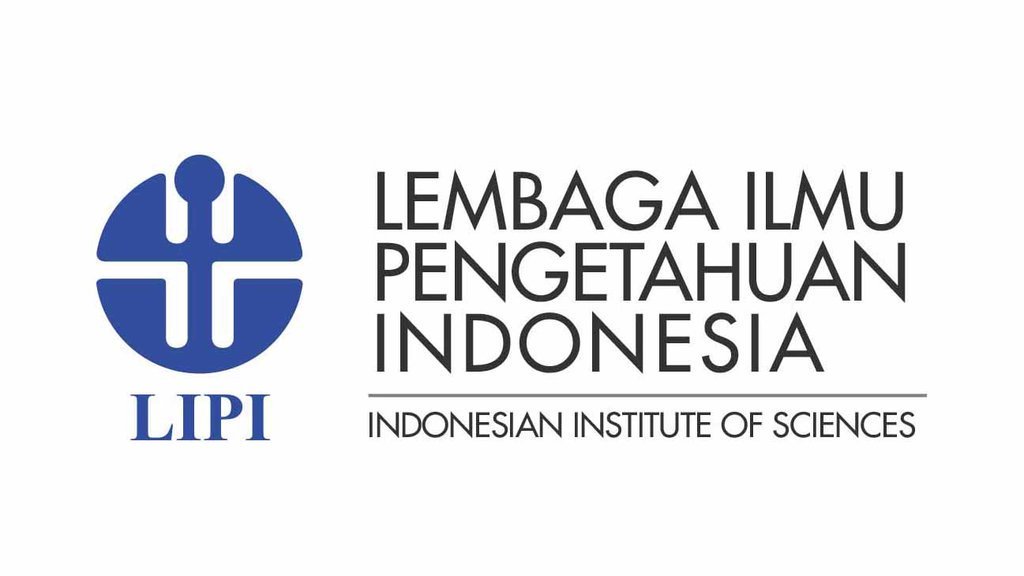Impact of Urbanization on Energy Intensity in Indonesia: Spatial Analysis
DOI:
https://doi.org/10.36574/jpp.v6i2.309Keywords:
energy intensity, spatial analysis, spillover effect, urbanizationAbstract
Urbanization is a phenomenon in developing countries that needs to be studied in depth because it has various impacts, including an increase in energy consumption. Energy consumption needs to be controlled to balance energy supply and demand in each province. In this study, energy intensity will be used to measure energy consumption, and regional elements are used to capture the diversity of characteristics in each province. The purpose of this study is to 1) Is there a spatial correlation in energy intensity in Indonesia; and 2) What is the spatial (direct, indirect, and total) impact of urbanization on energy intensity in the Indonesian region, Eastern Indonesia Region (KTI), and Western Indonesia Region (KBI). The research method used is a spatial analysis using Moran Test, Spatial Durbin Model, and advanced decomposition analysis on the spatial spillover effect. The result is a spatial correlation to the energy intensity that occurs in each province. Urbanization shows a significant negative impact on energy intensity on the direct effect on KTI and KBI and also on the indirect effect and the total effect in the territory of Indonesia and KBI.
Downloads
References
Bilgili, F., Koc?ak, E., Bulut, U?. and Kulog ?lu, A. (2017). The impact of urbanization on energy intensity: Panel data evidence considering cross-sectional dependence and heterogeneity. Energy, 133, 242–256.
Cheng, Jianquan. (2019). Direct and indirect Effects of urbanization on Energy Intensity in Chinese Cities: a Regional Heterogeneity Analysis. Sustainability, 11, 33167.
Du, M., Wang, B. and Zhang, N. (2018). National research funding and energy efficiency: Evidence from the National Science Foundation of China. Energy Policy, 120, 335–346.
Elliott, R.J.R., Sun, P. and Zhu, T. (2017). The direct and indirect effect of urbanization on energy intensity: A province-level study for China. Energy, 123, 677–692.
Farajzadeh, Z. and Nematollahi, M.A. (2018). Energy intensity and its components in Iran: Determinants and trends. Energy Econ., 73, 161–177.
Huang, J., Dan, Du., & Qizhi, Tao. (2017). The driving forces of the change in China’s energy intensity: An empirical research using DEA-Malmquist and spatial panel estimations. Economic Modelling.
Kristiani, A, W,. and Soetjipto, W,. (2019). Urbanisasi, Konsumsi Energi, dan Emisi CO2: Adakah Perbedaan Korelasinya di Kawasan Barat Indonesia (KBI) dan Kawasan Timur Indonesia (KTI)?," Jurnal Wilayah dan Lingkungan, vol. 7, no. 3. 166-180.
Lesage, J., & Pace, R. (2009). Introduction to Spatial Econometrics. New York: Taylor & Francis Group.
Li, K., Fang, L., and He, L. (2018). How Urbanization Affects China’s Energy Efficiency: A Spatial Econometrics Analysis. Journal of Cleaner Production, 200, 1130-1141.
Lin, B., and Zhu, J. (2017). Energy and carbon intensity in China during the urbanization and industrialization process: A panel VAR approach. J. Clean. Prod., 168, 780–790.
Liu, Y., and Xie, Y. (2013). Asymmetric adjustment of the dynamic relationship between energy intensity and urbanization in China. Energy Econ., 36, 43–54.
Lv, Yulan., Wei, C., Jiangquan, C. (2019). Direct and indirect effects of urbanization on energy intensity in Chinese cities: A regional heterogeneity analysis. Suistainability, 11, 3167.
Rehaghana, Adeza. (2020). Pengaruh Urbanisasi tehadap Emisi CO2 dan Konsumsi Energi di ASEAN. Tesis. Universitas Airlangga.
Salim, R., Rafiq, S.; Shafiei, S. dan Yao, Y. (2019). Does urbanization increase pollutant emission and energy intensity? evidence from some Asian developing economies. Appl. Econ., 51, 4008–4024.
Downloads
Published
How to Cite
Issue
Section
License
This is an open-access article distributed under the terms of the Creative Commons Attribution-NonCommercial-ShareAlike 4.0 International License. Copyright © Kementerian PPN/Bappenas RI


















